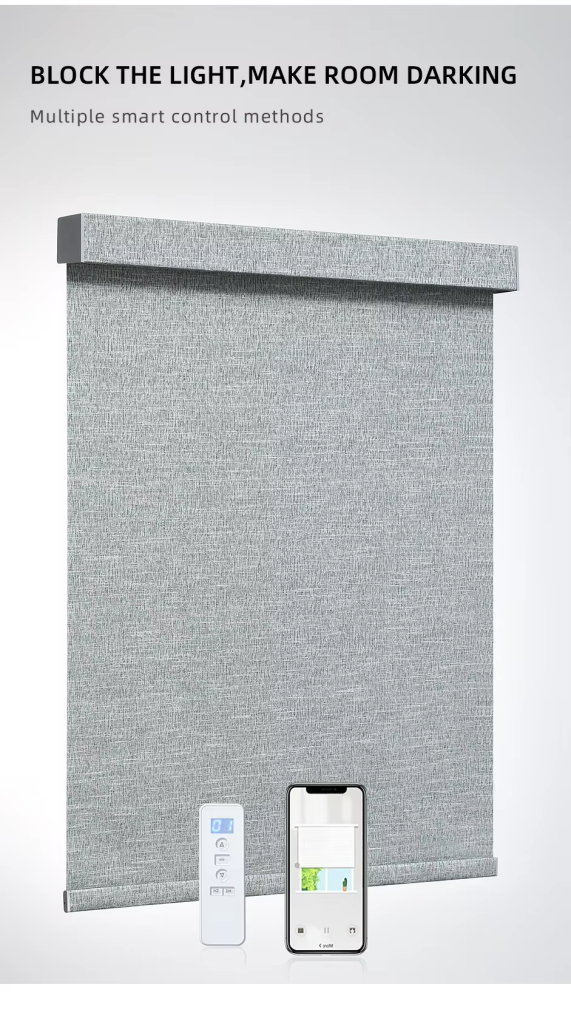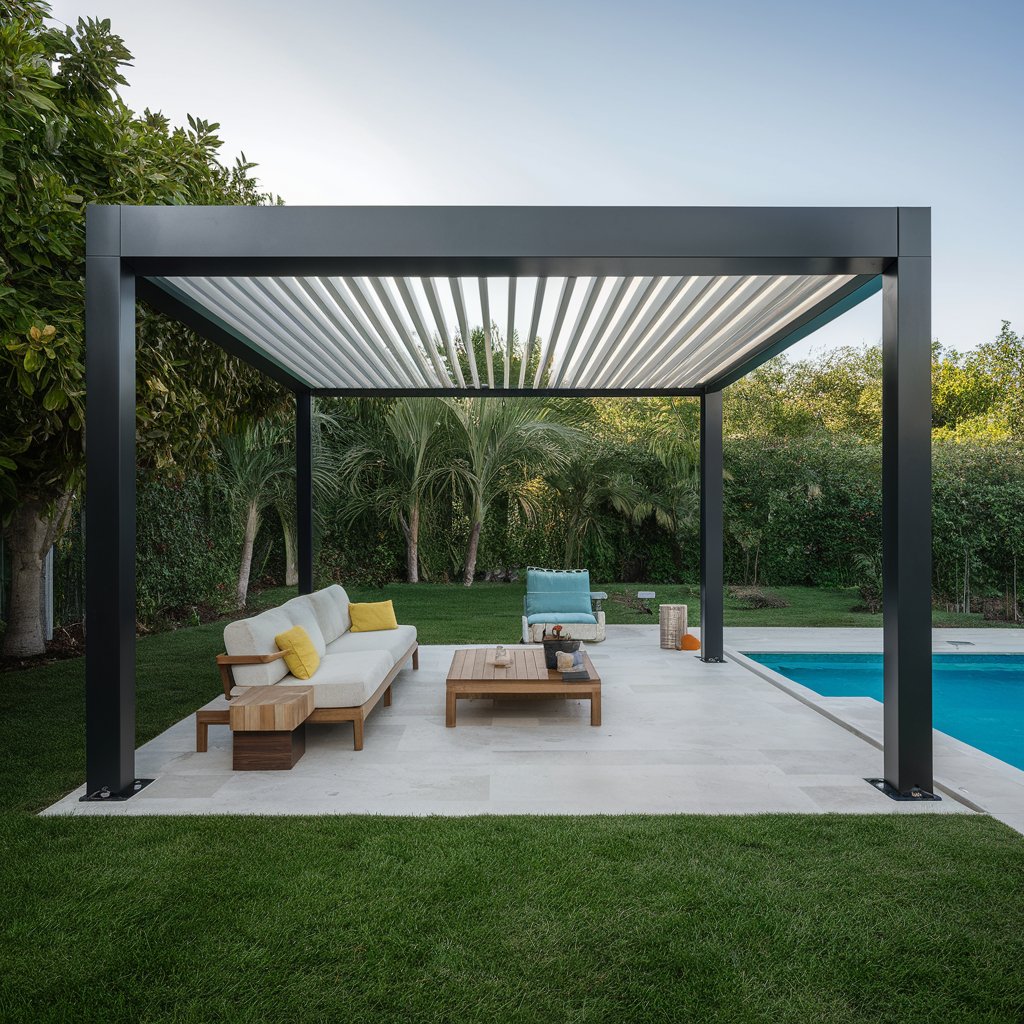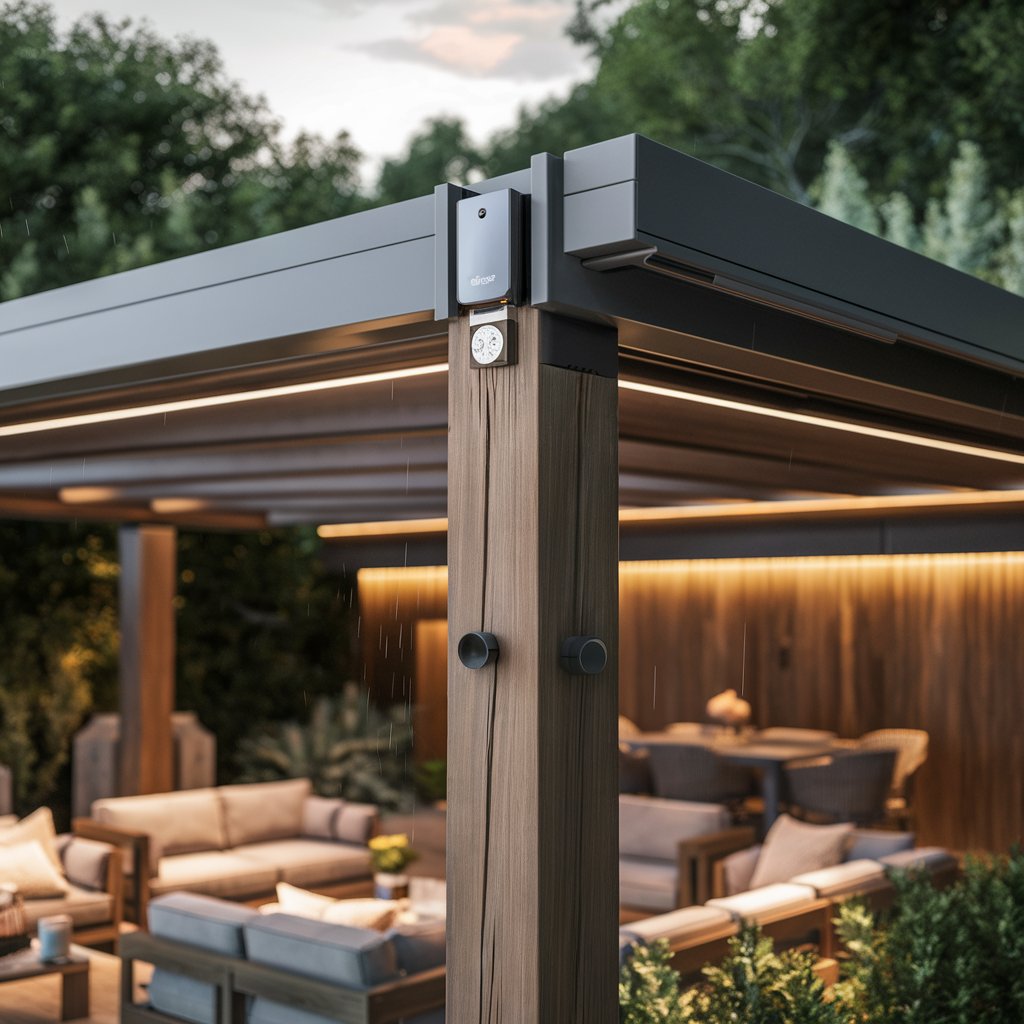Introduction
Interior roller blinds are an essential component of modern home decor, combining functionality with style. With their sleek design and versatility, they serve not only to block out light but also to enhance the overall aesthetic of a room. As homeowners increasingly prioritize both form and function, roller blinds have emerged as a popular choice for window treatments. This guide will explore the many facets of interior roller blinds, from their benefits and types to installation and design trends.

1. What Are Interior Roller Blinds?
Interior roller blinds are window coverings that consist of a piece of fabric rolled around a cylindrical tube. They can be easily raised or lowered using a chain or motorized mechanism. Originating in the late 19th century, roller blinds have evolved significantly, with modern versions available in various materials, colors, and patterns to suit diverse tastes and needs.
2. Benefits of Interior Roller Blinds
Light Control and Privacy
One of the primary advantages of roller blinds is their ability to control light levels. Depending on the fabric chosen, these blinds can filter sunlight, provide complete blackout, or allow soft light to enter while maintaining privacy. This adaptability makes them suitable for various spaces, including bedrooms, living rooms, and home offices.
Energy Efficiency and Insulation
Roller blinds can also contribute to energy efficiency. Insulating materials can help keep a room cooler in the summer and warmer in the winter, reducing reliance on heating and cooling systems. This can lead to significant savings on energy bills while contributing to a more sustainable home.
Space-Saving Design
Unlike bulky curtains, roller blinds occupy minimal space when fully raised, making them an excellent choice for smaller rooms or areas with limited window space. Their streamlined appearance contributes to a clean, uncluttered look.
Versatility in Styles and Colors
Roller blinds come in a wide range of colors, patterns, and textures, allowing homeowners to choose options that complement their existing decor. From bold prints to neutral shades, there’s a roller blind for every design preference.
3. Types of Interior Roller Blinds
Standard Roller Blinds
These are the most common type of roller blinds, available in various fabrics and colors. They can effectively block light and are ideal for general use.
Blackout Roller Blinds
Blackout blinds are designed to block out all light, making them perfect for bedrooms or media rooms. They provide maximum privacy and are often used in homes where sleep is a priority.
Sheer Roller Blinds
Sheer roller blinds offer a unique blend of light filtration and privacy. These blinds allow natural light to enter while obscuring visibility from outside, making them a great option for living rooms and dining areas.
Printed and Patterned Options
For those looking to make a statement, printed and patterned roller blinds can add a pop of color or a decorative touch to a room. Available in various designs, they can be a focal point in your decor.
4. Choosing the Right Roller Blinds for Your Space
Considerations for Different Rooms
When selecting roller blinds, consider the function of the room. In bedrooms, blackout options may be best for sleep, while sheer blinds might be preferable in living rooms for light and ambiance. In kitchens, moisture-resistant fabrics are ideal.
Color and Fabric Choices
Choose colors and fabrics that complement your existing decor. Light colors can make a room feel larger, while darker shades can create a cozy atmosphere. Consider the fabric’s texture and durability, especially in high-traffic areas.
Measurement Tips
Accurate measurements are crucial for proper installation. Measure the width and height of the window frame, accounting for any obstructions like handles or molding. Many retailers offer guidance on measuring or provide custom options.
5. Installation Guide
Tools Needed for Installation
Before starting, gather necessary tools: a measuring tape, level, screwdriver, drill, and mounting brackets (usually included with the blinds).
Step-by-Step Installation Process
- Measure and Mark: Use your measurements to mark where the brackets will be installed.
- Install Brackets: Secure the brackets into the wall or window frame, ensuring they’re level.
- Attach the Blinds: Slide the roller blind into the brackets. Make sure it’s securely in place.
- Test the Mechanism: Lower and raise the blinds to ensure they operate smoothly.
Common Mistakes to Avoid
- Not measuring accurately, which can lead to blinds that are too large or small.
- Failing to check that brackets are level, resulting in crooked blinds.
- Over-tightening screws, which can damage the blind mechanism.
6. Maintenance and Care
Cleaning Tips for Different Fabrics
Regular cleaning helps maintain the appearance of roller blinds. For fabric blinds, dusting with a soft cloth or vacuuming with a brush attachment is recommended. For stains, spot clean with a mild detergent and a damp cloth.
Tips for Prolonging Lifespan
Avoid exposing roller blinds to direct sunlight for extended periods, as this can cause fading. Regularly check for any wear on the mechanisms and address issues promptly to prevent further damage.
When to Replace Your Roller Blinds
Signs it’s time to replace roller blinds include persistent damage, fading, or a malfunctioning mechanism. If your blinds no longer serve their purpose effectively, it may be time for an upgrade.
7. Popular Design Trends
Modern vs. Traditional Styles
Interior roller blinds can fit various design aesthetics. Modern styles favor clean lines and minimalistic designs, while traditional options may include ornate patterns or richer colors.
Eco-Friendly Materials
Sustainability is a growing trend in home decor. Many manufacturers now offer roller blinds made from eco-friendly materials, which appeal to environmentally conscious consumers.
Smart Roller Blinds with Automation
The rise of smart home technology has led to the development of motorized roller blinds. These can be controlled via smartphone apps or voice commands, providing convenience and ease of use.
8. Frequently Asked Questions
How Do Roller Blinds Compare to Other Window Treatments?
Roller blinds are often more space-efficient than curtains or drapes, offering a sleek alternative. They are also easier to clean and maintain. However, some may prefer the softness of fabric drapes for a cozier feel.
Are Roller Blinds Suitable for Large Windows?
Yes, roller blinds can be customized for large windows. Many manufacturers offer wider blinds or the option to use multiple blinds side by side for larger openings.
What’s the Average Cost of Roller Blinds?
Costs can vary based on material, size, and brand. On average, roller blinds can range from $20 to $200 per window. Custom options may be more expensive, but they offer tailored solutions.
Conclusion
Interior roller blinds are an excellent choice for anyone looking to enhance their home’s decor while enjoying the practical benefits of light control, energy efficiency, and ease of maintenance. With a wide range of styles and customization options, there’s a perfect roller blind for every room in your home.
Call to Action
Explore your options today to find the ideal interior roller blinds that reflect your style and meet your functional needs. Upgrade your home with this versatile window treatment and enjoy the many benefits they offer!


